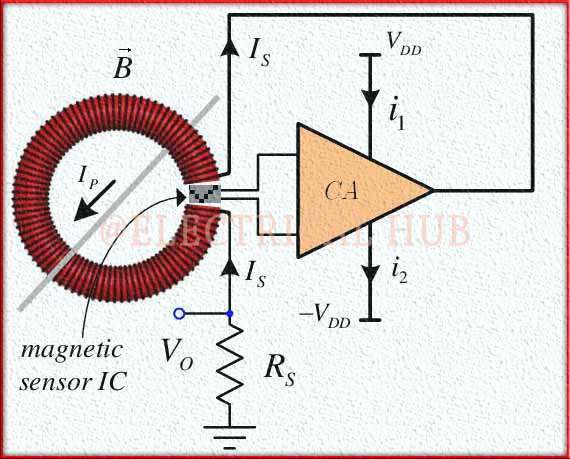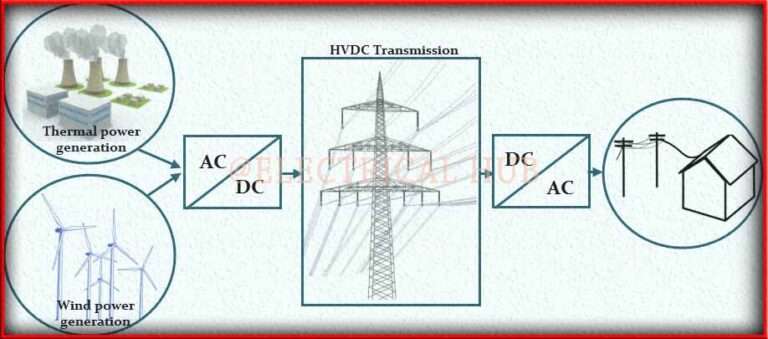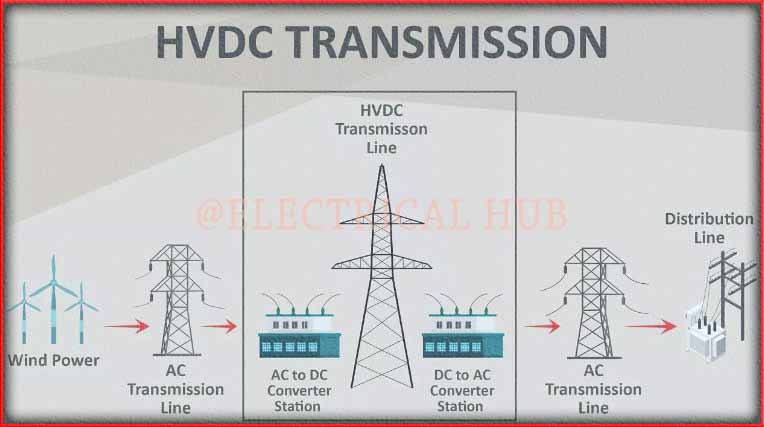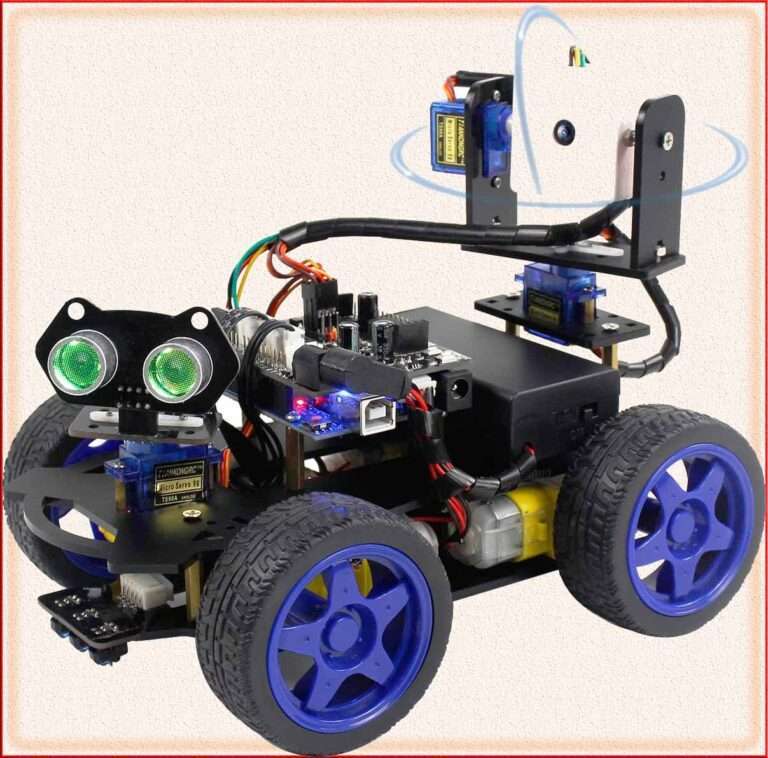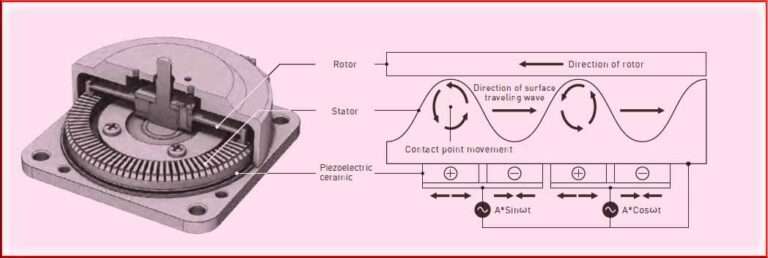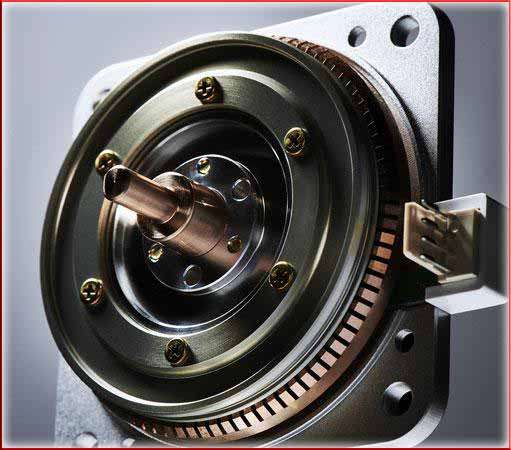14 Types of Generators and Their Applications: Best Guide
Types of generators can be categorized based on their fuel sources. Generators are machinery that uses electromagnetic induction to transform mechanical energy into electrical energy. They are made up of a moving component called the rotor or armature and a fixed component called the stator.


